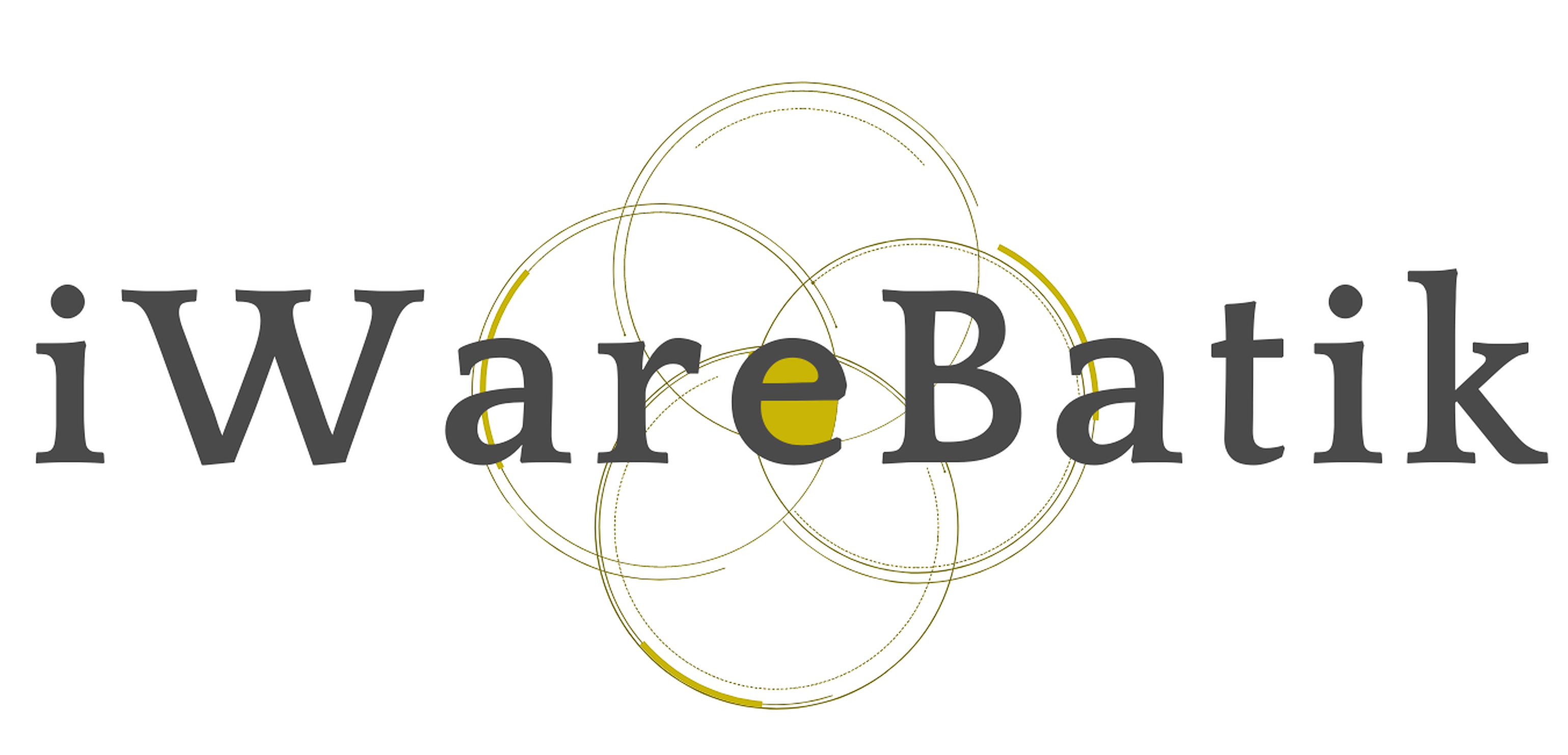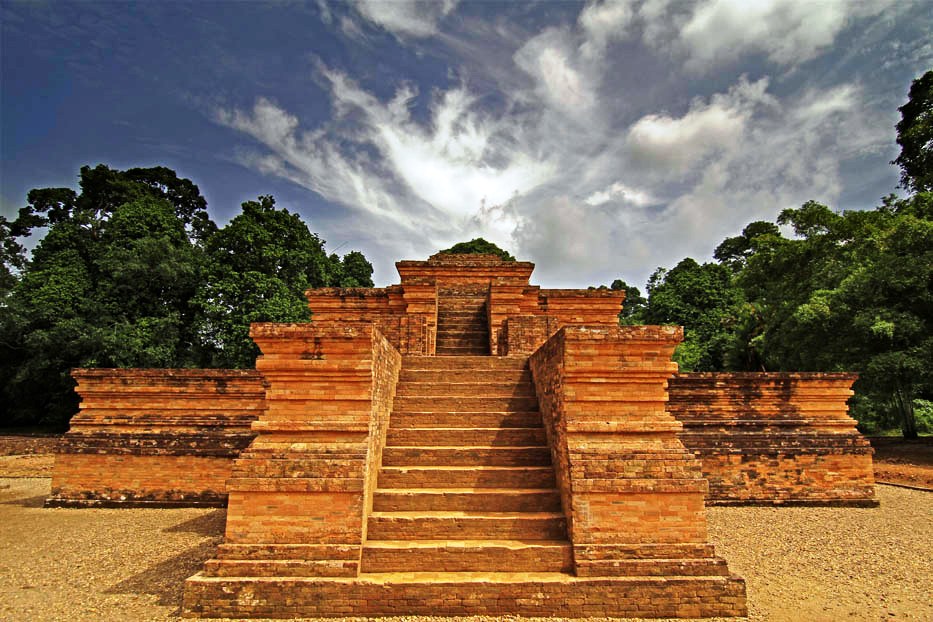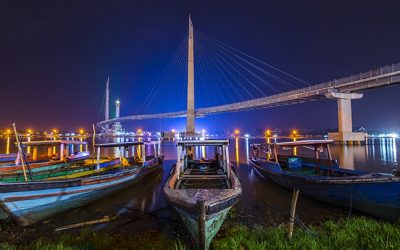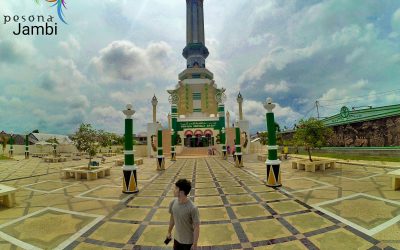Home / Batik Regions – Western Indonesia – Southern Sumatra – Jambi / Muara Jambi Temple
Cultural Destination
Embrace the spirit of the place!
Muara Jambi Temple
Muaro Jambi Temple, built since the 13th Century, is one of Indonesia’s national cultural heritage sites. The complex of Muaro Jambi temple is one of the largest temple complexes in Indonesia, which was constituted as a legacy during the reign of Srivijaya and the Malay Kingdoms in Jambi. The Muaro Jambi temple area is a Hindu and Buddhist-style temple complex, which can be reached by 20 minutes’ traverse by car from Jambi city.
Tourist Attractions in Jambi
Batanghari Pedestrian Bridge
Batanghari Pedestrian bridge is also another iconic landmark of Jambi. This bridge was
Gentala Arasy
Built as high as 80 meters, the tower also highlights the historical side of
Jambi
Batik Motifs
Angsa Duo
According to legend, the Angso duo batik motif is a pair of swans that are believed to have led Princess
Merak Ngeram
The hatching peacock motif has a very deep meaning which refers to the sacrifice and
Durian Pecah
Broken Durian motifs depict the foundation of faith. The second half signifies the mastery of
Discover
Indonesian
Batik
Motifs
Bale Lumbu
This motif signifies the welfare of the ancient Sasak society. Bale also symbolizes the
Paqbarre Allo
The word “Barre” means round and “Allo” means the sunlight. This motif is interpreted as
Angsa Duo
According to legend, the Angso duo batik motif is a pair of swans that are believed to have led Princess
Dayak Kamang
Kamang motif is generally found in the Dayak tribe shield because it is believed to
Gentala Arasy
Built as high as 80 meters, the tower also highlights the historical side of
Bomba Mawar
This motif means sacred love for family, kingdom, and God; It also illustrates
Salakanagara
Salakanagara batik motif illustrates the first kingdom in the Betawi land
Burung Bidadari
Bidadari birds are endemic birds in Halmahera. This motif represents an
Durian Pecah
Broken Durian motifs depict the foundation of faith. The second half signifies the mastery of
Pati-Pati Pinehiku
It symbolizes the hierarchy in society and the social status of the Mekongga
Pattimura
Pattimura is the name of an Indonesian hero who fought against colonialism in
Gonggong Beruntun
This motif illustrates that a person should maintain a positive attitude and
Ake Patra
Ake is related to the divinity and the composition of the universe. It is a symbol of
Tanah Liek
The word “Tanah Liek” refers to clay in Minang language. It is also known as
Bultiya
The word ‘Bultiya’ is an acronym of the three major tribes in North Kalimantan, namely
Kuda Kupang
Horses symbolize wealth. It contains noble values of virtuous characters that bring
Lok Baintan Floating Market
As you can imagine, the most authentic thing is that you can buy things and even
Desa Na Tolu
The Desa Na Tolu characteristic pattern symbolizes the Batak philosophy of existence and
Merak Ngeram
The hatching peacock motif has a very deep meaning which refers to the sacrifice and
Sekar Jati
Sekar means flower and Jati refers to teak trees that symbolizes a strong mental character that
Jupri Kembang Teh
Kembang Teh illustrates the tendrils of tea plants that grow in the highlands of
Tifa Totobuang
The batik motifs illustrate Maluku’s traditional music instrument called
Kasih Tak Sampai
‘Kasih Tak Sampai’ is an idiom in the Indonesian language which refers to
Parang Seling
Parang Seling or “alternating daggers” is a royal batik motif. It is a feminine variant of
Karawo Mahkuta
Mahkuta refers to Gorontalo’s traditional crown. It represents noble characters of
Leuit Sijimat
This motif reflects the daily activities of the Baduy tribe in Banten. The main ornaments of batik motif consist of:
Tengkawang Ampiek
With its many advantages, the Dayaks use this leaf in ritual ceremonies. This plant is a symbol of
Teguh Bersatu
This batik motif shows the strength of the people of Kupang. It also represents a sense of
Pinawetengan
The Pinawetengan Batik pattern was taken from a prehistoric inscription in
Manguni Minahasa
Manguni is identified as the symbol of the Minahasa people. Manguni is known as a
Gedhog Kembang Waluh
a combination of Javanese cultural motif of the Majapahit kingdom (XII-XIV century) with
Tenun Bima
The motifs are adopted from Bima woven textile. This pattern has received a great
Honai
The Honai is inspired by the traditional house of the Papuan community living in
Raja Ampat
Raja Ampat motif represents the marine life at Raja Ampat archipelago in
Besurek Rembulan
This batik illustrates praise for God who created the wonderful universe
Singayaksa
The Singayaksa motif comes from the name of a place where Sultan Hasanuddin used to
Jumputan Bintang
The word Jumputan means the tie-dye technique, while the word “Bintang” refers to
Prada Papua
The word “Prada” in the Javanese-Indonesian dialect means a batik textile that
Pucuk Rebung Riau
Pucuk Rebung symbolizes heart determination in achieving goals, good luck, and
Rumah Mamuju
the Batik motif illustrates the house of Mamuju King with the stairs, located on the left of the wooden stage house
Besurek Rafflesia
The term “Basurek” refers to a textile that contains letters or inscriptions
Ukir Sentani
The Ukir motif is a batik motif that is inspired by various traditional Sentani wood carvings
Tampuk Manggis Sasirangan
The motif illustrates the philosophy of the mangosteen fruit, which is
Sandeq
Sandeq Boat is a symbol of the maritime importance of the West Sulawesi region. The greatness of
Cengkeh
The clove flower motif is the main commodity of the Tolitoli Regency. This motif represents
Buketan Bali
The Balinese bouquet (Buketan Bali) is a floral arrangement and the name is
Sekomandi
Its philosophical meaning is the eternal union which refers to a saying “until death do us part”
Gonggong Siput
Gonggong (Strombus Turturella) is one type of sea snail found around
Keluak Daun Pakis
The word “Keluak” is a Minang language which means twisted or tangled. The Motif of
Rangkiang
The word “Rangkiang” refers to the rice granary in the Minangkabau language. It symbolizes
Gajah Way Kambas
The motif illustrates the Lampung’s natural reserve, the Way Kambas. it also symbolizes
Karawo Pinang
Pinang refers to the Palm areca tree. This motif is considered as the original
Insang Ikan
Insang refers to the gills of the fish. This is a typical pattern of Malay ethnic who inhabits
Bekantan Pakis
This motif represents Pakis Haji (Polystichum setiferum), an endemic plant in
Sero Tangga
The Sero Tangga illustrates an endearing feeling and sacrifices of a person to fulfil
Tikar Natuna
The Tikar Natuna motif is adapted from the traditional making of pandanus mats in
Lontara
The Lontara script itself is a typical ancient script of Bugis and Makassar communities. History records that
Wirasat
Wirasat or divine inspiration is a gift from God. This inspiration is symbolized by
Srimanganti
The name of the Srimanganti motif is derived from Palace’s hallway that connects to
Daun Lada Hitam
The black pepper motif represents the main commodity of Bangka Belitung
Taiganja
Taiganja is a precious gold pendant that shows the social status of the Kaili family. It is
Awan Berarak
Awan Berarak is a combination of Dayak motifs and Malay patterns. The word ‘Awan Berarak’ means the
Daun Sirih
This motif illustrates betel leaves that are used by Lombok communities as traditional
Kaharingan
The Kaharingan or ‘tree of life’ based on the Dayak tribes’ belief system. This tree symbolizes
Gamolan
This motif illustrates Gamolan, a bamboo musical instrument of Lampung that is
Kain Cual
Cual textile tradition has existed since the 17th century. The word “Cual” refers to
Gurdo Solo
Gurdo or garuda bird is the mount of the Indian god Vishnu. As the Sun Bird,
Pohon Hayat (Tree of Life)
The Batik motifs in Lampung are dominated by the acculturation of Buddhist and
Kaganga Tanah Rejang
If Batik Besurek combines Arabic calligraphy motifs, then the Kaganga batik takes
Biji Kopi
The coffee seeds motif illustrates the pride of local coffee specialities in
Tongkonan
Toraja’s traditional house is called Tongkonan. Tongkonan is a place for
Pala Salawaku
This motif illustrates the unique weapons of the Maluku region, namely
Ikan tambal
The word “Ikan” refers to fish. The philosophical meaning of Ikan Tambal means is
Kawung
The Kawung motif was created by Sultan Agung Hanyokrokusumo (1593 – 1645) as a symbolic gift for
La Galigo
La Galigo is a literary work of the Buginese Epic that has 300 thousand epic lines. It is considered even



